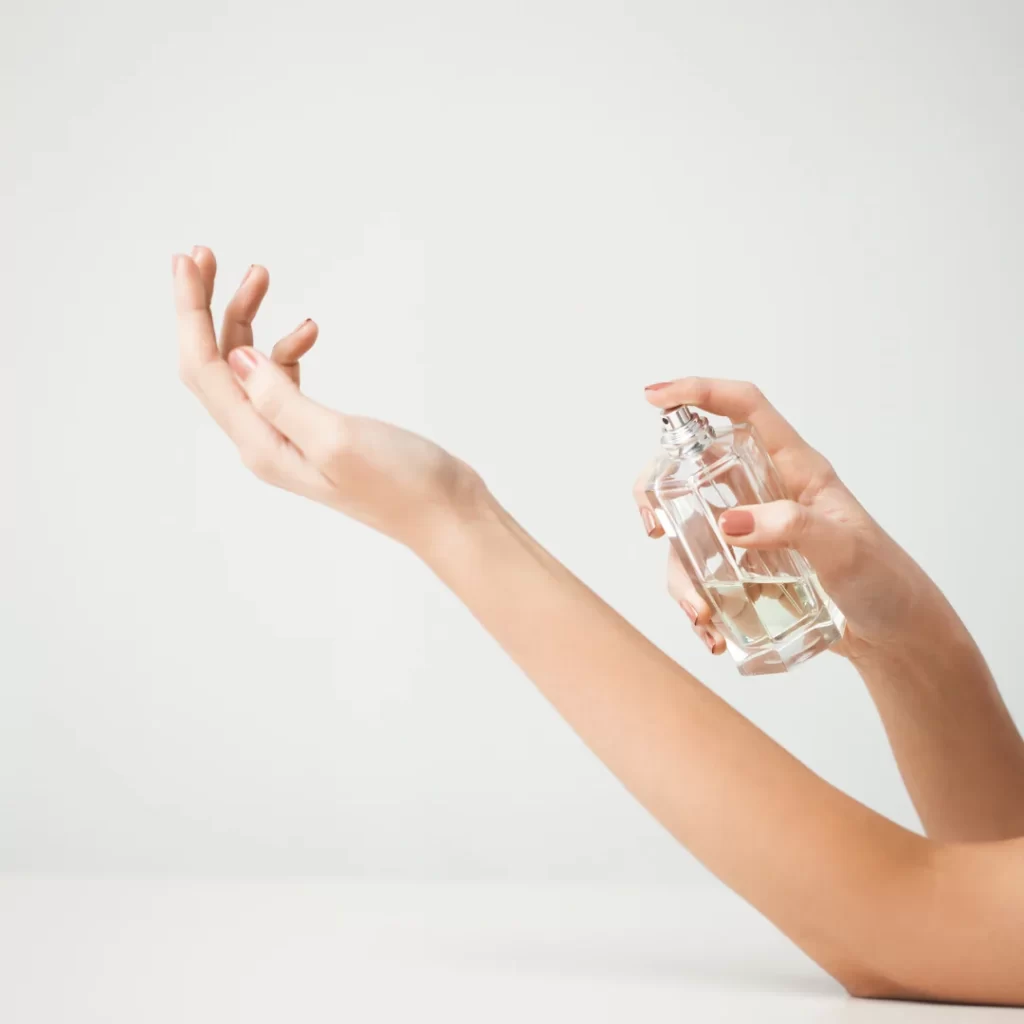Personalize Your Fragrance – A Beginner’s Guide to Perfume Making
Creating your own fragrance is an art form that blends creativity and science. Personalized perfume not only offers a unique signature scent but also allows you to craft a fragrance that perfectly matches your preferences, mood, or special occasions. For beginners, perfume making may seem daunting, but with some basic knowledge and the right tools, you can create a custom blend that reflects your personality. The foundation of any perfume lies in its structure, known as the fragrance pyramid. This pyramid consists of three layers: top, middle, and base notes. Top notes are the initial scents that you smell when the perfume is first applied, such as citrus or herbal aromas. They are fleeting but create the first impression. Middle notes, or the heart of the fragrance, emerge as the top notes fade. These include floral, fruity, or spicy elements that provide depth.

Lastly, base notes are the lasting impressions, featuring rich and grounding scents like vanilla, musk, or sandalwood. Understanding this hierarchy will help you balance your perfume composition. To begin, gather essential materials such as essential oils or fragrance oils, a carrier substance like ethanol or jojoba oil, droppers, and small glass bottles for storage. Essential oils are the building blocks of your fragrance, and you can choose them based on your desired scent profile. For a refreshing blend, consider citrus oils like lemon or bergamot, paired with herbal middle notes like lavender and woody base notes such as cedarwood. Experimenting with different combinations is key to finding the perfect balance. Start with small batches to test your blends. Begin by adding a few drops of your chosen base note oil to the carrier substance to make your own perfume.
Next, add the middle note, followed by the top note. A common ratio for beginners is 20% top notes, 50% middle notes, and 30% base notes, but feel free to adjust this based on your preferences. Mix the oils thoroughly and let the blend sit for a few days or weeks to allow the scents to mature and meld together. This process, called maceration, enhances the complexity and harmony of your perfume. Once your blend has aged, test it on your skin to see how it interacts with your body chemistry. Fragrances can smell different on the skin than in the bottle due to individual pH levels and natural oils. If necessary, tweak the formula by adding more of a particular note to achieve your desired result. Perfume making is a rewarding journey that encourages creativity and self-expression. With practice and patience, you can develop a unique fragrance that captures your essence and becomes a cherished part of your personal style. So, gather your materials, trust your nose, and let your imagination guide you in crafting a scent that is uniquely yours.